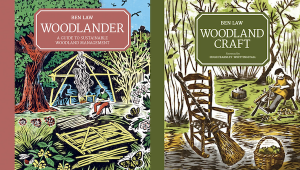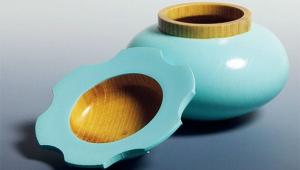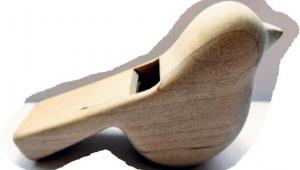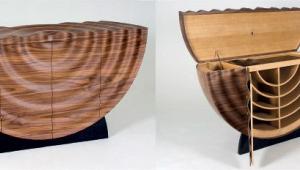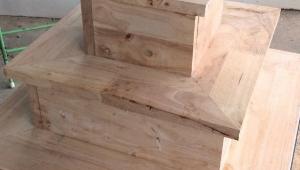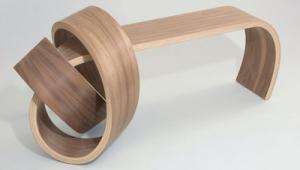Setting sail
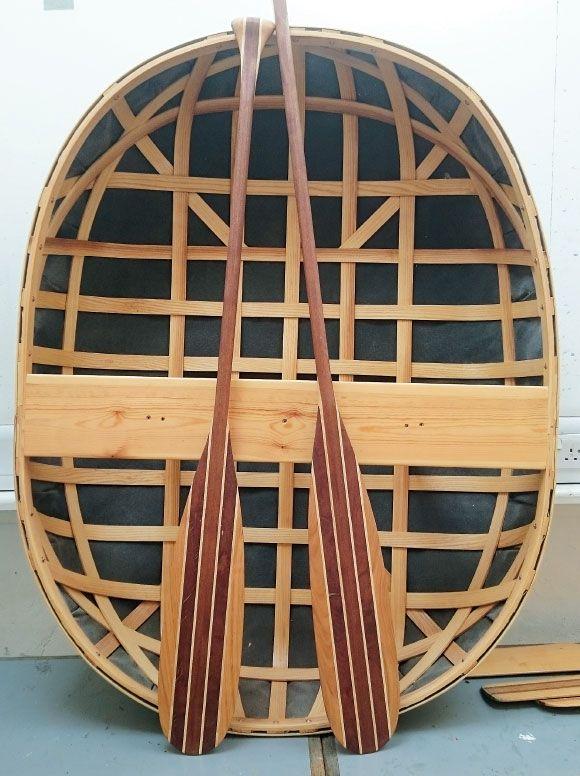
Setting sail
The coracle, a small keel-less boat, has always been used as a means of fishing or transportation. Here, John Greeves takes us through the steps for making one that are used by Mark Aplin on his dedicated courses
The coracle is a small keel-less boat with a shallow draft, which is light enough to be carried by one person on their shoulders. The name comes from the Welsh word ‘corwgl’, which derives from ‘corwg’, meaning ship. Their main use has always been for fishing or for transportation. An ideal craft whose materials can be locally sourced, they are relatively easy to build and perform well in shallow water. They are extremely manoeuvrable and very portable. In the past they were used to catch salmon or sea trout, whereby a net was stretched between two coracles, which drifted on the tide or current.
Their long history stretches back thousands of years to the early Bronze Age and perhaps even further to the Ice Age. Caesar saw them in Britain and later used them in his expedition against Pompey to transport troops across the Segre when the bridge had been washed away. Coracle development isn’t particular to the British Isles as many people think, as similar designed boats have been found in many places across the world, including India, Vietnam, Iraq and even Tibet.
Coracles in the past have often been constructed from a traditional design: a basketwork frame made from locally foraged wood and covered by a hide or other waterproof coating. Their shape and size differs around the world and in Britain itself where many variations can be found. In Britain, it’s estimated that there are up to 18 unique designs that are often named after a specific river. Each is tailored to suit in order to meet the local conditions of the river – for example, the Teifi coracle is flat-bottomed to negotiate shallow rapids common on the river, whereas the Carmarthen coracle is rounder and deeper as it was used in tidal waters on the Tywi. Coracle design continues to evolve, with modern materials, tools and technologies changing the way they are built. Early coracles were made of willow rods in the round or those that were split and shaved flat. These were woven into a basket shape and covered with the skin of a cow or other animal. Some coracles are still built in this very traditional way with willow or hazel, though other woods such as ash are also used. Today’s coracles often use sawn ash laths and have replaced the traditional hide with a modern waterproof covering, such as calico, which has been coated with pitch or bitumen paint. The use of fiberglass coracles produced in a mould and carbon fibre have also jolted the craft into the 21st century. Some designs have even been sheaved with an aluminium sheet. These modern coracles have responded well to changing needs of a leisured population, requiring little maintenance or repair, especially in rivers with falling water levels and where lightening the burden on a person’s back can certainly pay dividends.
Read the full article in The Woodworker September 2017
For more great articles subscribe to The Woodworker today
- Log in or register to post comments
